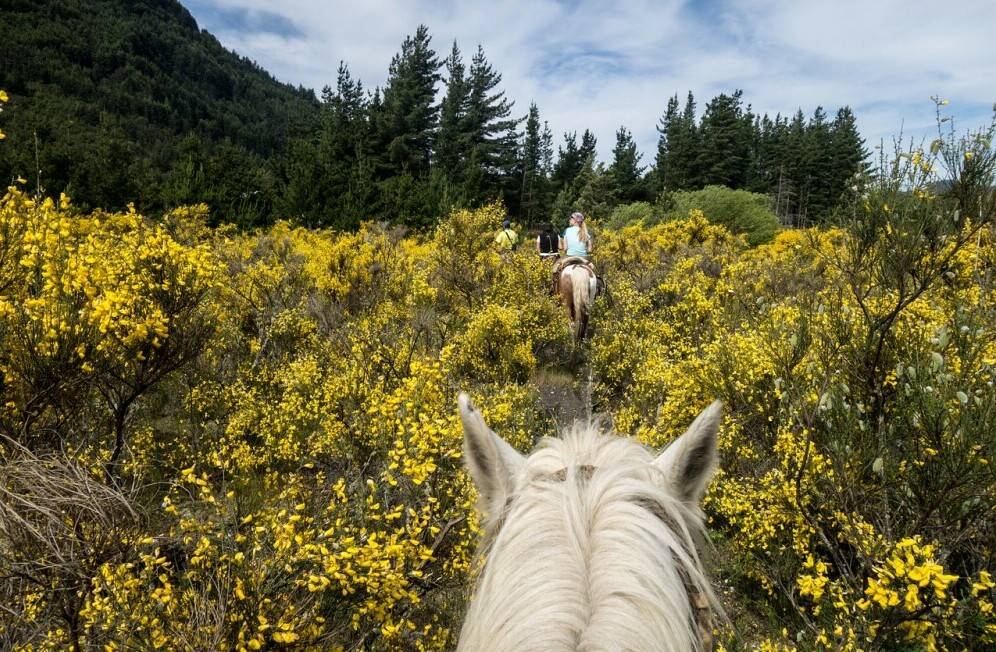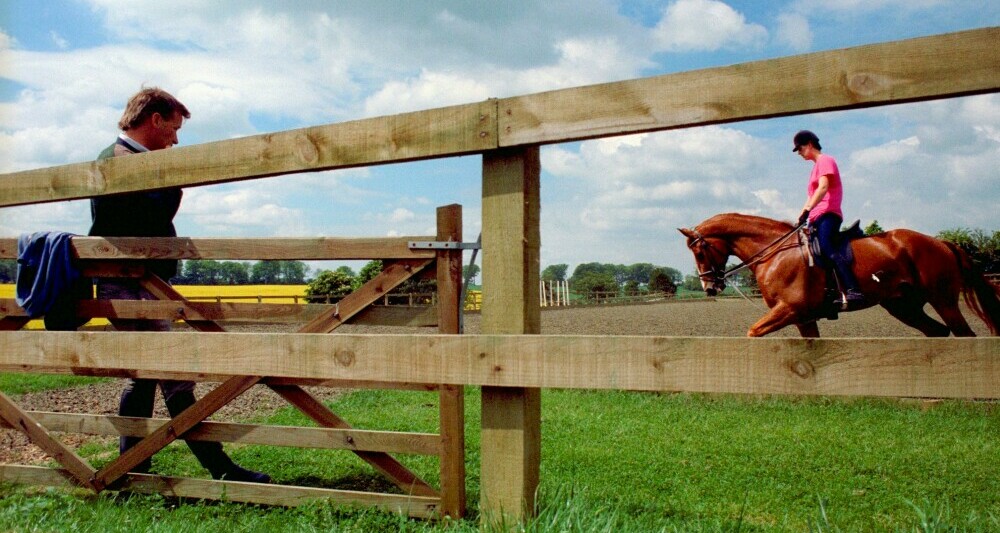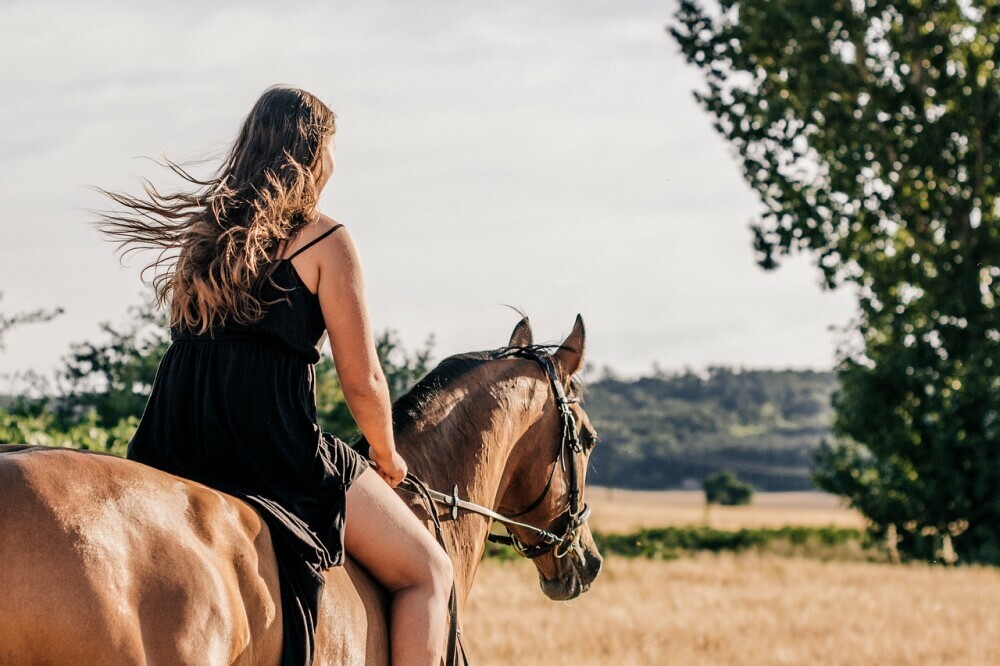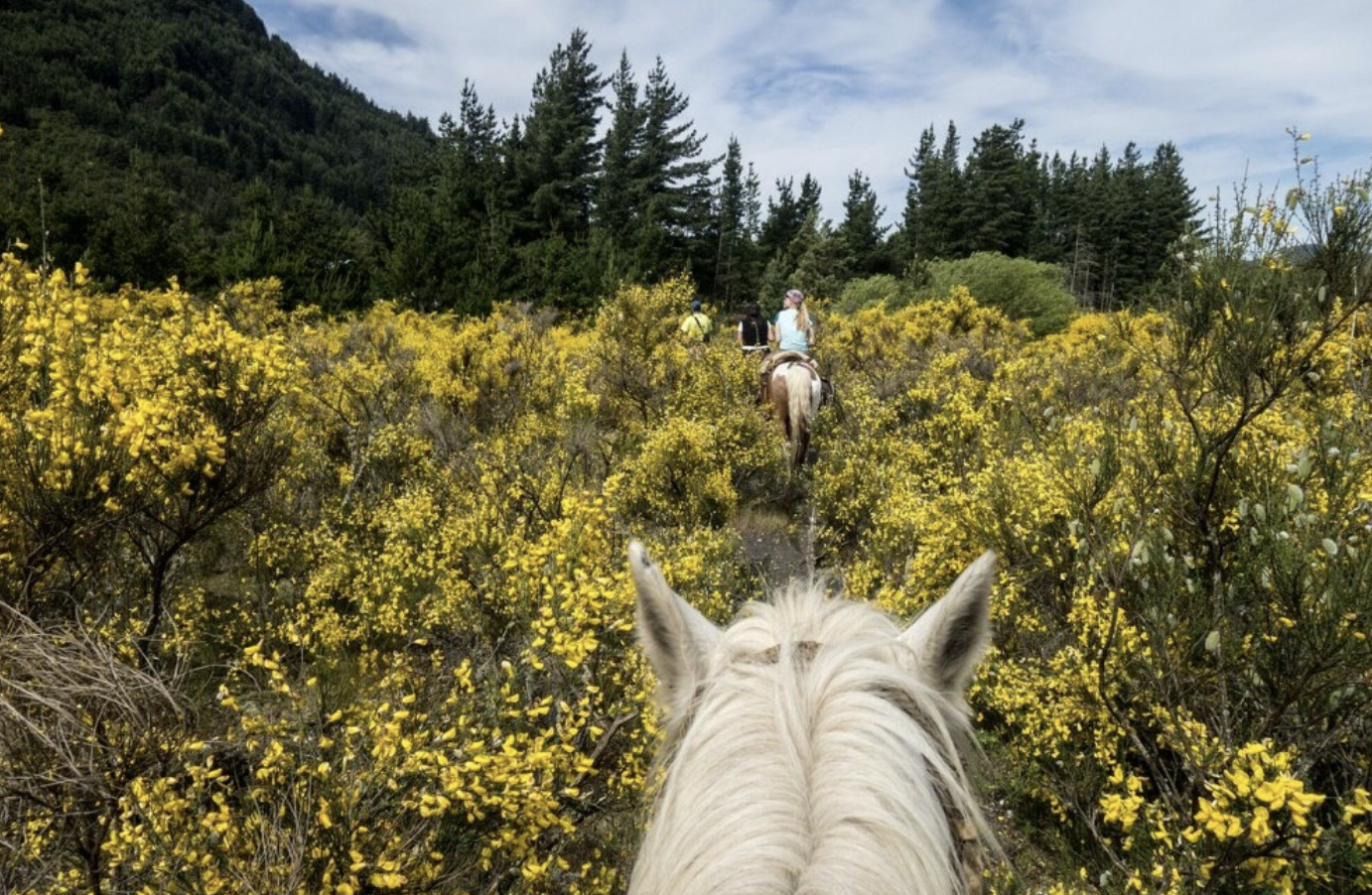
Getting your horse ready for trail riding starts with groundwork. Before you even think about hitting those trails, make sure you’re putting in the work. Groundwork helps in building a strong foundation of trust and communication with your horse. Your horse needs to feel comfortable with you; think of it as setting up a solid friendship. Spend time leading your horse, working on haltering, and practicing basic commands like stopping and moving forward. The more you do on the ground, the smoother your ride will be.
Trust and communication are key. Your horse needs to trust you completely, especially when you’re out on those unpredictable trails. Make sure you’re spending enough time together to build a bond. Simple activities like grooming and hand-walking can do wonders. It’s all about getting your horse used to you and your voice so that they’re more likely to listen to your commands when you’re riding.
Gear up! Having the right gear is a game-changer. For the rider, a good helmet and comfortable boots are non-negotiables. For your horse, a well-fitted saddle and bridle are essential. Don’t forget about saddle pads and girths. Make sure everything fits well to avoid discomfort or injury. A horseshoe check is also crucial because uneven terrain can be tough on your horse’s hooves.
Gradual desensitization can make or break your trail riding experience. Your horse is going to encounter all sorts of things on the trail – from wildlife to random objects. Start desensitizing your horse to these kinds of stimuli in a controlled environment. You can use things like tarps, water, and even small logs to simulate what they might encounter. The goal is to make sure your horse doesn’t get spooked easily.
Basic Training Techniques for Trail Riding

Fundamental commands are the bread and butter of trail riding. Start with the basics like ‘walk,’ ‘trot,’ and ‘canter.’ Your horse should respond promptly to these commands. Reinforce these with consistent cues; for example, use the same verbal command and physical cue every time. Consistency helps solidify these commands in your horse’s mind.
Keeping your horse calm is crucial. You never know what you might encounter on the trail, from small animals darting by to unexpected loud noises. Practice keeping your horse calm by introducing them to various stimuli in a controlled setting. Gradually increase the intensity of these stimuli to get your horse used to them. If your horse starts to panic, remain calm yourself – your horse takes cues from you.
Fitness is another essential part of trail riding. Horses need to be in good shape to handle the physical demands of the trail. Start with regular short rides to build up stamina, and then gradually increase the distance and difficulty. Just like with humans, variety in their workout routine helps. Mix up flat ground with hills and varied terrains to condition your horse’s muscles and improve cardiovascular fitness.
Positive reinforcement makes training more effective and enjoyable for your horse. Use treats, praise, and pets to reward good behavior. This not only makes training more enjoyable for your horse but also strengthens your bond. Avoid punishments; they can create fear and mistrust, which are the last things you want on the trail.
Navigating Difficult Terrain and Obstacles

Handling rough terrain can be tricky. When ascending, lean slightly forward to help your horse balance. Conversely, lean back a bit during descents to avoid putting too much weight on your horse’s front legs. Keep your reins loose but be ready to make quick adjustments. Train your horse to approach steep inclines and declines calmly, practicing on smaller slopes before tackling bigger ones.
Water crossings are inevitable. Horses can be hesitant around water, so build their confidence with small streams or puddles first. Approach water slowly, and let your horse sniff and inspect the area. Be patient; if your horse hesitates, don’t force them. Encourage them with calm, gentle cues. Once they’re comfortable with small crossings, progress to larger bodies of water.
Trails can get narrow and steep, demanding careful navigation. Maintain a steady, controlled pace and encourage your horse to focus. Narrow paths require you to stay centered and balanced. Teach your horse to sidestep or pivot when the trail gets especially tight. Practice these maneuvers in a safe environment before hitting the trails.
If your horse gets spooked, stay calm. Sudden movements or panic from you will only make things worse. Speak to your horse in a soothing voice and give them some reins so they can move their head freely. Practice spook drills in a controlled environment, teaching your horse to trust you even in surprising situations. Remember, a relaxed rider makes for a relaxed horse.
Advanced Trail Riding Skills

Boosting your horse’s responsiveness and agility is a great next step once the basics are down. Incorporate lateral movements like side passes and leg yields into your training routine. These movements make your horse more flexible and responsive. Practice in different environments to ensure your horse can perform these skills on the trail.
Understanding your horse’s body language is crucial. Knowing what your horse is telling you through their ears, eyes, and posture can prevent potential issues. For example, forward-pointing ears usually indicate curiosity or interest, whereas pinned-back ears signal irritation or discomfort. Spotting these signs early allows you to address minor issues before they escalate.
Planning for long-distance trail rides requires extra preparation. Build up to longer rides gradually, ensuring your horse is conditioned for extended periods. Pack essentials like water, food, a first aid kit, and a map. Having a strategy, like planning rest stops, helps keep both you and your horse in peak condition. Ensure your horse is well-fed, hydrated, and rested before setting out on longer adventures.
Handling emergencies on the trail is part of being a responsible rider. Carry a basic first aid kit for both you and your horse, including bandages, antiseptic, and pain relievers. Know how to handle common trail injuries like cuts, scrapes, or strains. Additionally, inform someone about your riding plans and expected return time. If an emergency arises, staying calm and having a plan can make all the difference.

